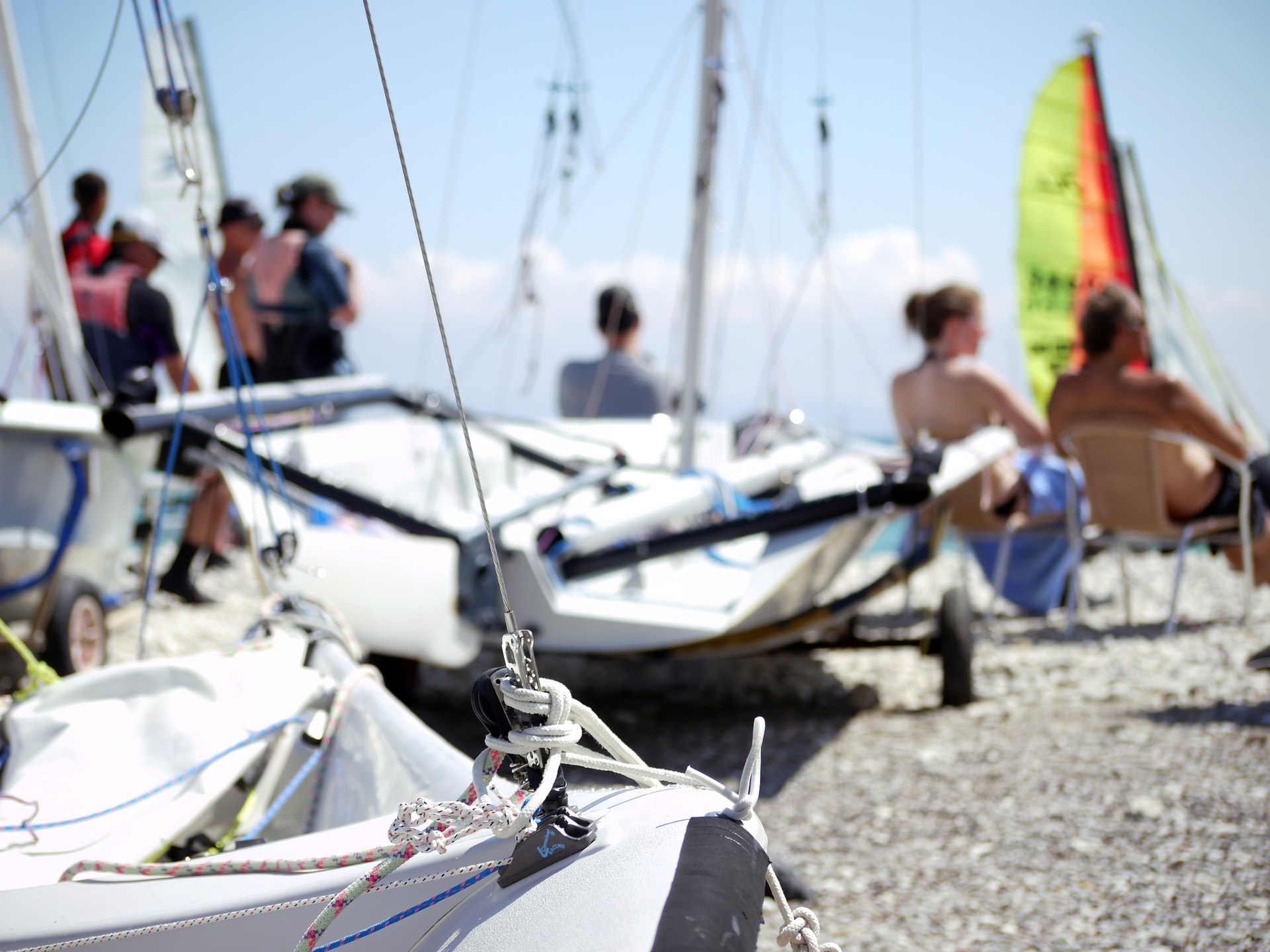VHF marine radio antenna

Antennas
After you decide which VHF radio is best for you, your next step is to pick out an antenna. The VHF antenna is a very important part of your VHF Radio System. VHF antennae come in many lengths and types so, before buying a VHF antenna contact an expert and determine which style best fits your needs. If you buy the wrong antenna you will not get the performance your VHF radio is capable of producing. VHF and DSC equipment are made up of three distinct parts - each part is equally important. These pieces are:
- The Transceiver
- The Coaxial Cable with its connectors carrying the signal to or from the antenna
- The antenna itself. Even today the cables, connectors and antennae often do not get the attention they demand
Yet, their individual functionality has a notable effect on the performance of the system as a whole. The wrong antenna or a damaged or poor quality coax cable can drain the transmission power therein wasting the money spent for a good installation. At every frequency, besides being free from obstacles, the antenna has to meet precise electrical and electronic requirements.
When choosing an antenna it is advisable to discuss with your dealer all the problems connected with the installation, use of the equipment and the type of transceiver needed.
This will allow you further understand and tackle many problems before they arise. In case this sort of advice is not available to you, the information provided below should be helpful in the selection of the proper antenna.
Gain
The "gain" is singularly the most important specification of the antenna. It is indicated in dB (Decibels) which briefly means this: the higher dB numbers, the greater the range. On the other hand, a high gain will decrease the antenna radiation patterns.
This means that low gain antennae are less influenced by the rolling and pitching of a boat. With increased gain, the pitching movement of the boat may cause a temporary signal reduction.
These are the reasons why on the faster planing boats it is recommended that a high gain antenna be used. Conversely, on sailboats, with a masthead installation and with the mast subject to swaying, it is recommended that the 3 dB gain antenna be used.
Height
In general, the higher the antenna, the better the range of your radio. VHFs transmit via "line-of-site" radio waves--therefore the higher the antenna, the farther your signal will reach over the horizon.
You may be able to talk to the local Coast Guard station that may be over twenty miles away (because they have a very tall radio tower) but not your friend who is only a few miles away as their antenna is only a few feet above the water. Having an antenna with the right gain, and located as high as practicable, will give you the optimal operating conditions for using your VHF radio.






